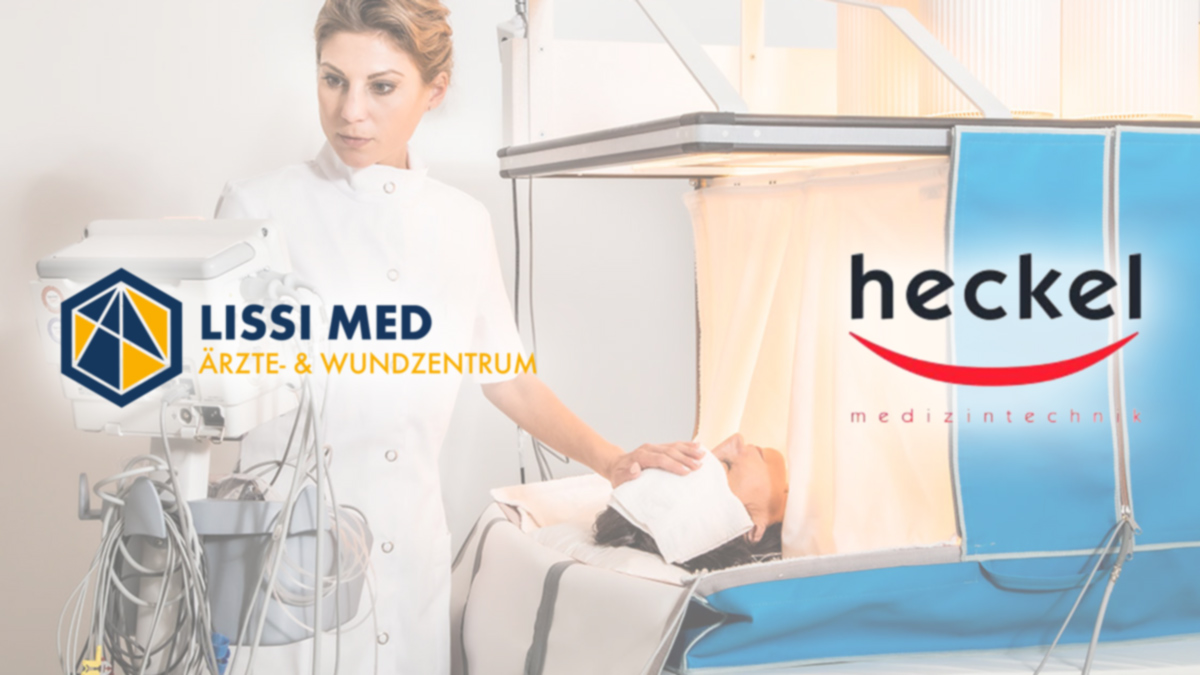Subclinical, mild WHB
up to 38.5°C
Fever-like, moderate WHB
up to 38.5 - 40.5°C
Extreme WBH
> 40,5 - 42°C
A healthy organism reacts to pathogenic stimuli with gradual increases in temperature – in acute cases up to high fever, which initiates an extraordinary immune response to effectively overcome the infection.
Fever as a reaction to an infection cannot be equated with hyperthermia as a physical warming of the organism.
Nevertheless, increasing the core body temperature through whole-body hyperthermia can have a lasting stimulating effect on impaired immune activity in the case of susceptibility to infection, chronic infections and anti-tumor immune defense.
On the other hand, moderate whole-body hyperthermia can have an anti-inflammatory effect in chronic inflammation and autoimmune diseases.
Hyperthermia can contribute to a “reset” of the regulation of the immune system and thus overcome chronic pathological dysfunctions of too low or too high immune activity.

In the treatment of FMS and other chronic pain disorders, multimodal approaches including exercise and psychological support are standard.
The effectiveness of whole-body hyperthermia in the mild and moderate range as a supplement to these approaches has been demonstrated in various clinical studies, including RCTs. Selected publications
Anti-inflammatory and antibiotic drugs are generally very successful in the treatment of acute inflammations and infections.
The treatment of chronic inflammation and infections, on the other hand, remains a therapeutic challenge.
A promising standard therapy is often not available.
The response to different therapies is very individual and requires personalized multimodal approaches.
In naturopathy-oriented hospitals, moderate whole-body hyperthermia is valued as an effective basic therapy, particularly for ankylosing spondylitis (Bechterew’s disease), psoriasis (arthritica), neurodermatitis, rheumatoid arthritis, sinusitis, asthma, Crohn’s disease and colitis.
The individual reaction of the patient is carefully observed in order to decide whether further use of hyperthermia is indicated.
Recent pre-clinical studies show a direct anti-inflammatory effect of whole-body hyperthermia in a murine arthritis model, with a significant therapeutic benefit and efficacy comparable to methotrexate. Selected publications
A pilot study with heckel-HT3000 at the University Hospital Graz, in which the effect of a single whole-body hyperthermia treatment on ankylosing spondylitis patients and healthy volunteers was compared, showed an earlier, stronger and more sustained increase in the anti-inflammatory cytokine IL-10 mRNA in the ankylosing spondylitis patients. Selected publications
Thus, modern scientific studies support the traditional concept of using moderate whole-body hyperthermia for chronic inflammatory diseases.
If fever is seen as a tool of the organism to suppress acute infections, the use of moderate whole-body hyperthermia in the treatment of chronic infections is obvious.
It can also be used for chronic health problems caused by impaired convalescence after acute infection, e.g. after glandular fever.
Chronic Borrelia infection is cited as the cause of the most serious health problems, although the diagnosis and treatment options must always be critically scrutinized.
In vitro studies show the heat sensitivity of some Borrelia strains as well as an increased effect of antibiotics under a few degrees of temperature increase. Selected publications.
In severe cases with long-term resistance to therapy, extreme whole-body hyperthermia may also be indicated.
Patients who were treated with whole-body hyperthermia for various indications often reported “vitalizing” effects.
The physiotherapist and psycho-neuroimmunologist Kay-U.
Hanusch, who was responsible for carrying out whole-body hyperthermia treatments at the Aeskulap Clinic in Brunnen, Switzerland, began systematically recording depression scores with validated instruments in patients treated in the heckel-HT2000 and described an unexpectedly long-lasting positive effect. Selected publications.
Based on this experience, the University of Arizona (Prof. Dr. Charles Raison) conducted a double-blind, randomized controlled study in which treatment in a heckel-HT3000 with core temperature increase to 38.5 – 39°C was compared with treatment in a “placebo device” (manipulated heckel-HT3000).
The verum group showed a strong positive effect, which was significantly better than in the placebo group.
The positive effect occurred rapidly and could still be observed six weeks after a single treatment.
The patients treated in this study did not take any antidepressants, as Hanusch’s initial experience suggested that the effect of whole-body hyperthermia could be counteracted by these drugs.
The Arizona study was published by Janssen CW et al.
2016 in JAMA Psychiatry and generated a great deal of interest in further studies on this new, safe and low side effect approach in the treatment of depression. Selected publications.
Follow us on social media to be informed about current service news!